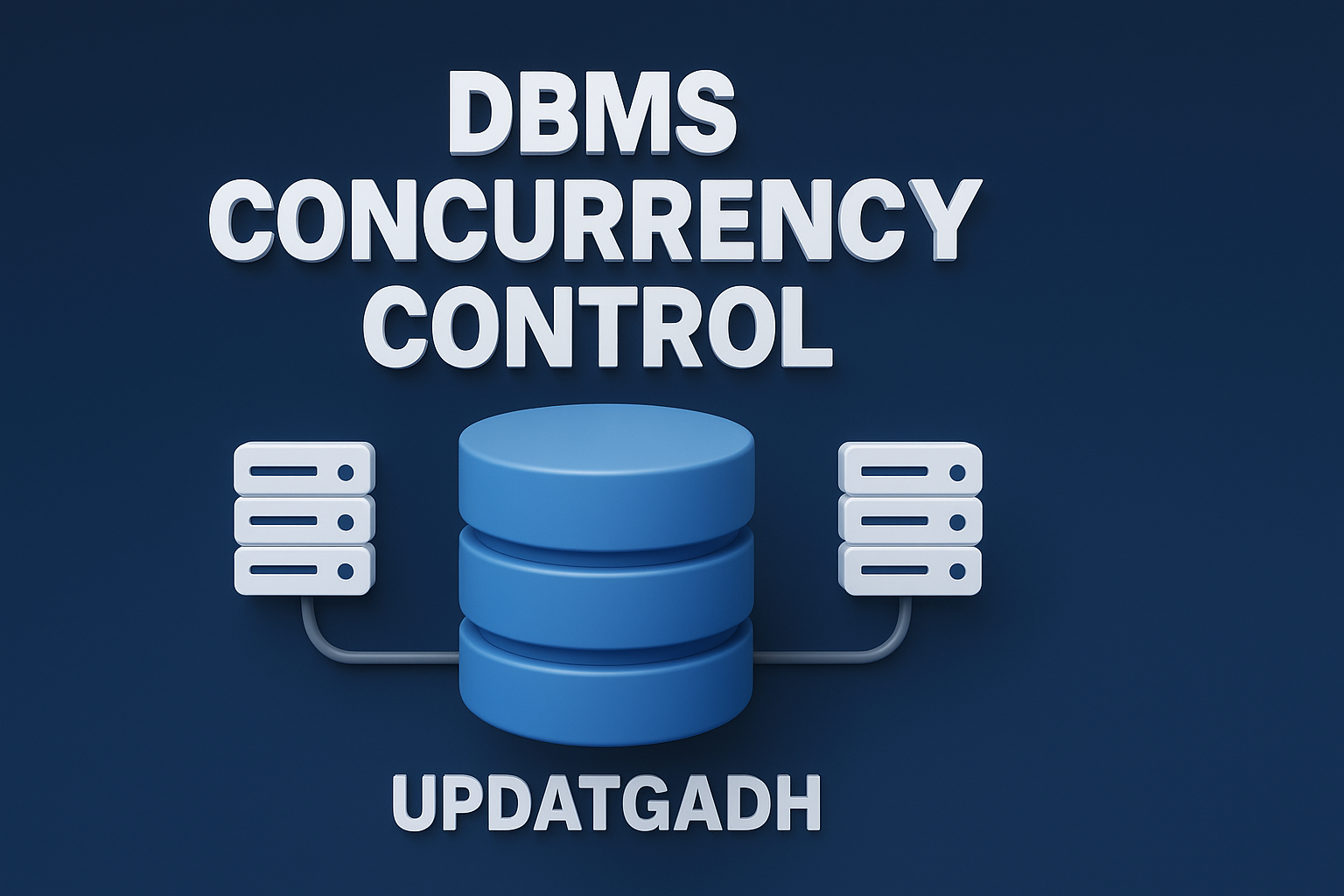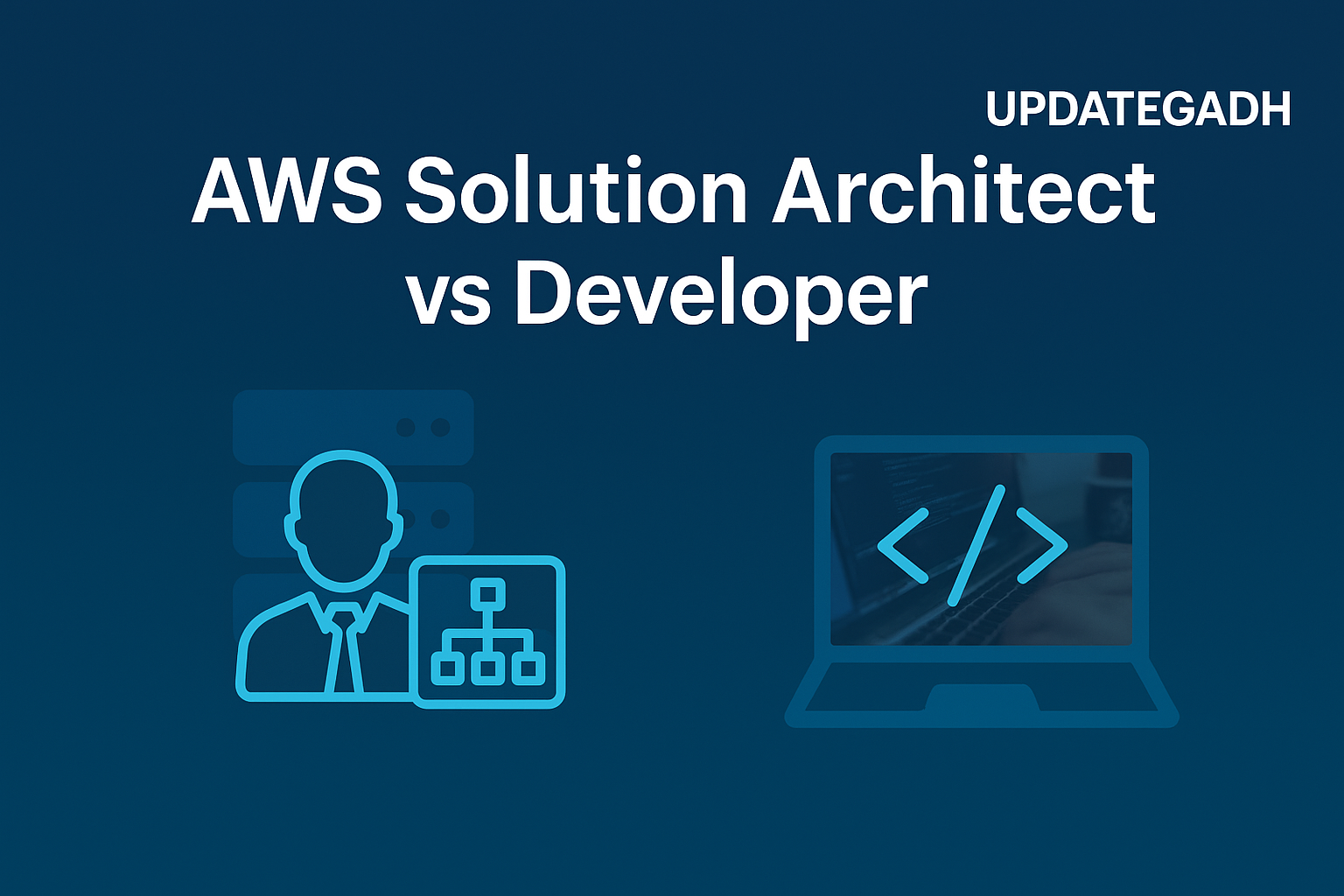
Machine Learning for Data Science – A Practical Guide by Updategadh
Machine Learning for Data Science
We live in a time where machines can be taught to think and learn just like humans—only faster, more accurately, and tirelessly. Welcome to the world of Machine Learning (ML)—a dynamic and essential subset of Artificial Intelligence (AI). While AI is the big picture, ML focuses on one critical ability: learning from data.
Machine Learning allows computers to gain insights, detect patterns, and make decisions with minimal human intervention. All it takes is a solid dataset and the right set of algorithms. Data science is at the core of machine learning (ML), which is revolutionising a variety of industries from fraud detection to recommendation engines.
Let’s explore how Machine Learning powers Data Science, step by step.
Machine Learning Tutorial:-Click Here
The Role of Machine Learning in Data Science
Machine Learning is the engine of modern Data Science. It automates the analysis of massive data sets and builds models that can learn, improve, and predict in real-time. Unlike traditional programming, where rules are manually defined, ML uses data to discover rules.
In the Data Science Lifecycle, ML plays a key role. Once data is gathered and features are defined, ML algorithms help build a model that learns patterns from the data. This model is trained, tested, and eventually used for making predictions—fueling data-driven decisions in real-time.
Key Stages of Machine Learning in Data Science
Here’s a simplified breakdown of how Machine Learning works in the realm of Data Science:
1. Data Collection
Everything starts with data. Your model will function better if you have high-quality, pertinent data. The machine uses the collected data as a training ground.
2. Data Preparation
This involves cleaning and formatting the data. This is where errors, duplication, and missing values are dealt with. After that, the dataset is divided into two sections: one for model training and another for subsequent testing.
3. Model Training
The real “learning” begins. The training dataset is used by the model to attempt to predict outputs.The real “learning” begins. The model tries to predict outputs based on the training dataset. It gets things wrong initially but improves over time by adjusting internal parameters. Think of it as a baby learning to walk—trial and error lead to mastery.
4. Model Evaluation
This step tests the model with the data it hasn’t seen before. The goal is to check how well it can generalize its learning to new, real-world situations.
5. Prediction & Deployment
The finished model is put into use to forecast real-time data. It may still need tuning, but it can now offer intelligent insights and real-time results.
Download New Real Time Projects :-Click here
Popular Machine Learning Algorithms in Data Science
Different ML problems require different approaches. Let’s look at the three most commonly used types of ML algorithms in Data Science:
🔹 Regression
Used to forecast continuous data, like price or temperature. Linear Regression is the classic example, where you fit a line to predict outcomes.
🔹 Classification
Used when output variables are categorical, like spam vs. non-spam, or positive vs. negative sentiment. Algorithms like Decision Trees and Logistic Regression fall into this category.
🔹 Clustering
This is unsupervised learning—where the model finds patterns or groupings in data without labeled outputs. A common example is customer segmentation in marketing.
Challenges of Machine Learning in Data Science
Machine Learning is powerful but not without its challenges. As a data scientist, you’ll need to navigate these hurdles wisely:
1. Lack of Quality Training Data
Good ML models need rich datasets, but collecting and labeling this data can be expensive and time-consuming. Transfer Learning—where knowledge from one model is reused for another—is a smart workaround.
2. Data Discrepancy Between Training and Real-World
Often, the data used in training doesn’t match real-world usage. Models may perform well in controlled environments but poorly in the wild due to regional, seasonal, or device-specific differences. Constant model updates and domain-specific data collection are critical.
3. Model Scalability
As businesses scale, models need to be efficient and lightweight. Techniques like Post-Training Quantization help reduce the model size while keeping accuracy intact, making it easier to deploy on various devices.
Real-World Applications of Machine Learning in Data Science
ML isn’t just theory—it’s everywhere. Here are some real-life examples where it shines:
🔹 Fraud Detection
Banks and fintech firms use ML to spot abnormal transactions and protect users. These models learn what “normal” behavior looks like and flag anything that seems suspicious.
🔹 Speech Recognition
Think Siri or Google Assistant. These voice assistants rely on ML models trained on diverse languages and accents to interpret speech and respond intelligently.
🔹 Recommendation Systems
From Amazon suggesting products to Netflix recommending shows, ML algorithms analyze user behavior to offer personalized content, increasing engagement and satisfaction.
Complete Advance AI topics:- CLICK HERE
SQL Tutorial :-Click Here
Conclusion
Machine Learning is a cornerstone of Data Science, enabling computers to learn, adapt, and evolve—all thanks to data. Whether it’s supervised learning with labeled data or unsupervised learning to find hidden patterns, the possibilities are endless.
As you venture into the world of ML, explore different tools, languages, and platforms that support model development—be it Python, R, TensorFlow, or PyTorch. The best way to learn? Start building. Try different approaches. Test, fail, improve, and repeat.
At Updategadh, we believe that Machine Learning isn’t just the future of Data Science—it is Data Science. So, start experimenting, and let the data guide you.
machine learning for data science pdf
machine learning for data science course
machine learning for data science book
machine learning for data science notes
machine learning for data science syllabus
machine learning for data science free
machine learning for data science rgpv notes
machine learning for data science iisc
machine learning for data science
dsci 552 machine learning for data science
introduction to machine learning for data science
do you need machine learning for data science
statistics and machine learning for data science
how important is machine learning for data science
python machine learning for data science
machine learning for data science columbia
master machine learning for data science
machine learning for data science pdf
learn machine learning for data science
machine learning for data science and analytics
machine learning for data science and analytics by columbiax










Post Comment